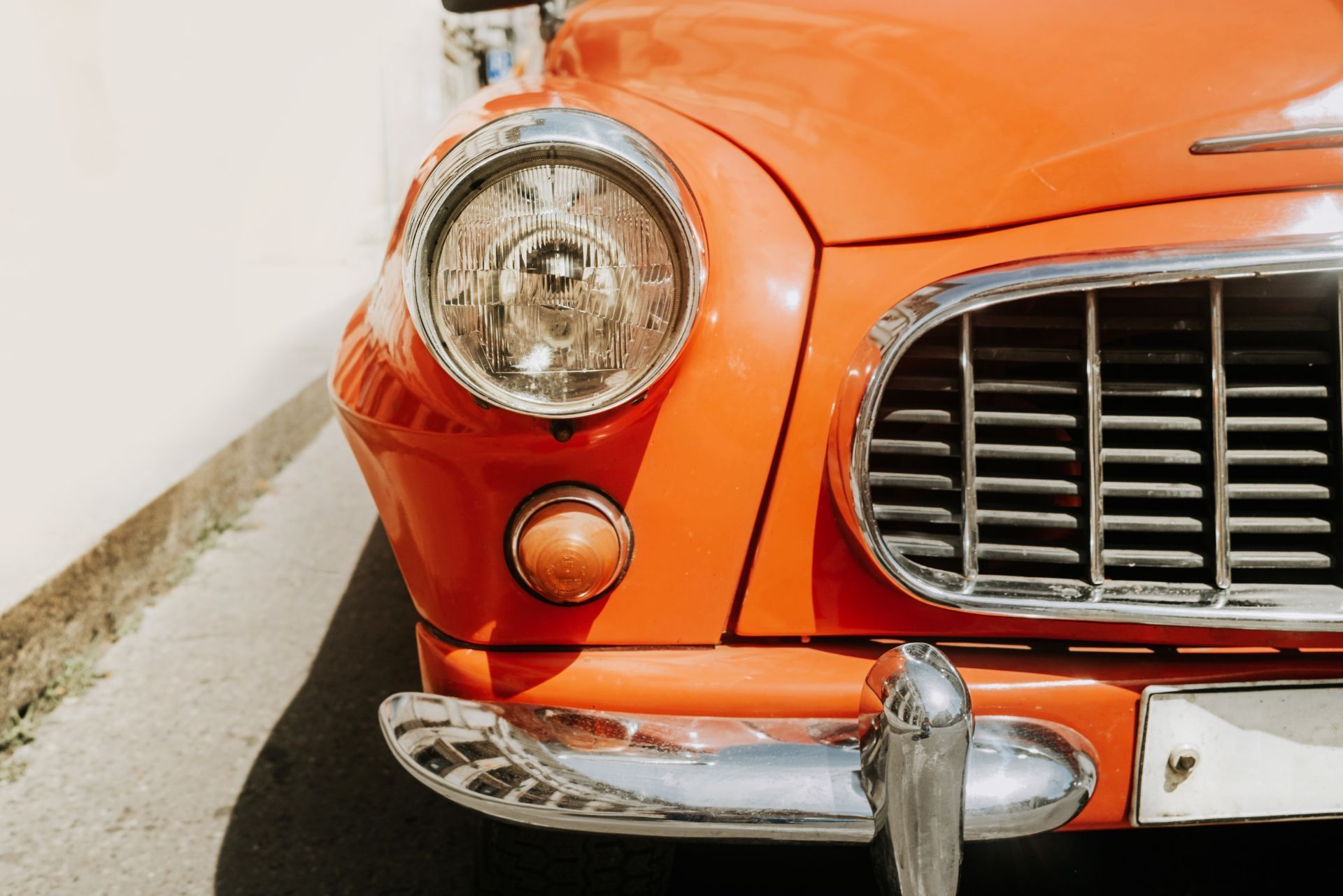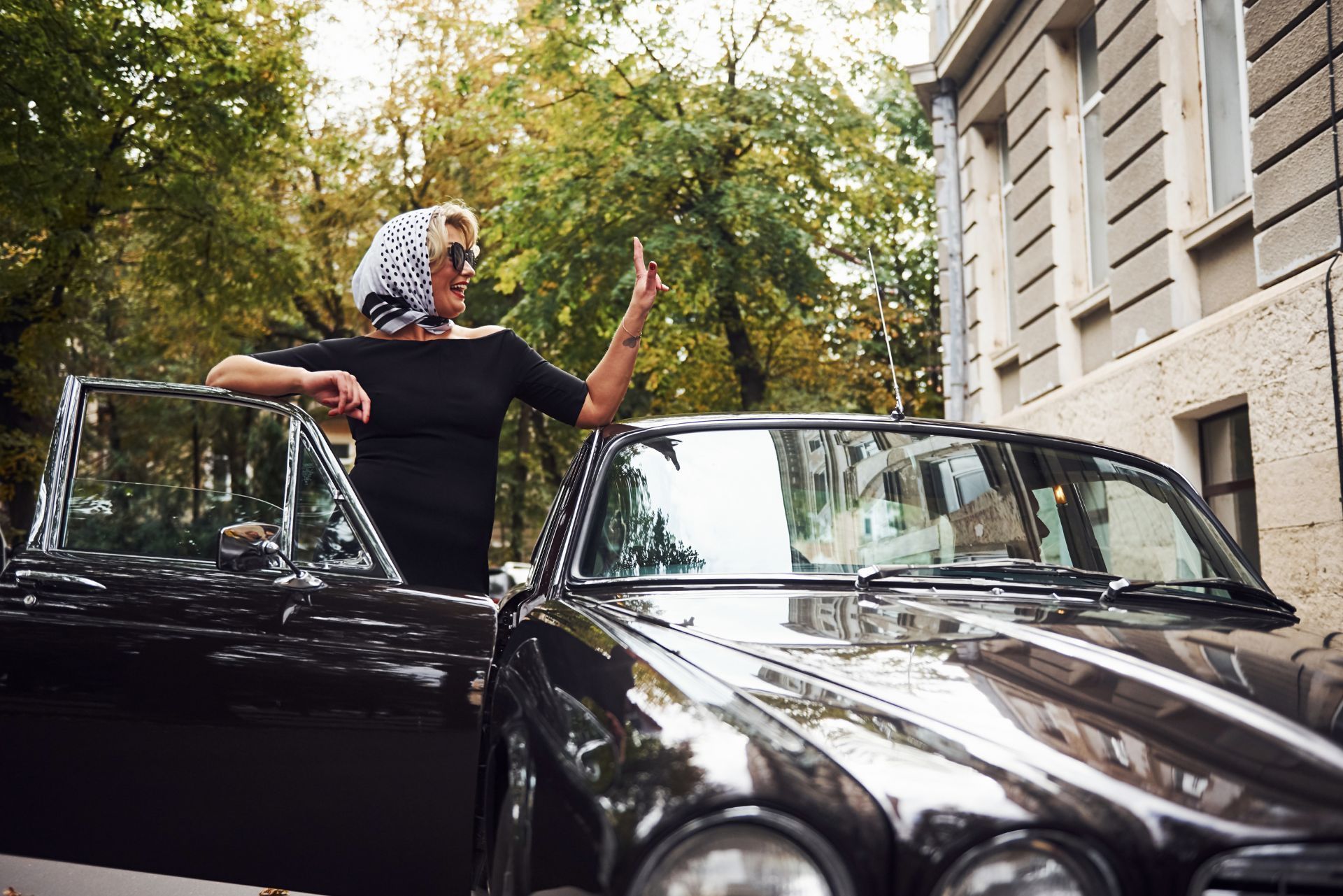Common Personal Insurance Policies
By: Matt Larsen
Owner of Capstone Insurance Group & Classic Car Insurance Advisor
763-242-1668
Index
Contact Us
For enthusiasts and collectors, antique cars represent more than just a mode of transportation; they embody history, craftsmanship, and passion. However, owning an antique vehicle comes with its own set of responsibilities, especially when it comes to insurance. In Minnesota, antique car insurance is tailored to meet the unique needs of classic car owners. This article aims to provide a comprehensive overview of what you need to know about insuring your antique vehicle in the North Star State.
Understanding Antique Car Insurance
Antique car insurance is specifically designed for vehicles that are considered classics, typically those that are at least 20 years old. Unlike standard auto insurance, which covers vehicles primarily for everyday use, antique car insurance offers specialized coverage that reflects the unique value and usage of these vehicles.
What Qualifies as an Antique Car?
In Minnesota, a vehicle is classified as an antique if it is at least 20 years old and is maintained primarily for use in exhibitions, club activities, parades, or other functions of public interest. However, the definition can vary slightly depending on the insurance company, so it’s essential to check with your provider to ensure your vehicle qualifies. Additionally, some states may have different age requirements or criteria for what constitutes an antique, classic, or vintage car, which can further complicate the classification process. Enthusiasts often find themselves navigating a maze of regulations and definitions, making it crucial to stay informed about local laws and insurance policies.
Why You Need Specialized Coverage
Standard auto insurance policies often do not provide adequate coverage for antique cars. These vehicles can appreciate in value over time, and their parts may be harder to replace. Specialized antique car insurance policies take these factors into account, offering coverage that reflects the car's true value and intended use. Moreover, many antique car insurance providers offer additional benefits, such as coverage for spare parts, roadside assistance tailored for classic vehicles, and even agreed value coverage, which ensures that in the event of a total loss, the owner receives a pre-determined amount that accurately reflects the car's worth. This level of protection is vital for collectors and enthusiasts who invest significant time and money into restoring and maintaining their vehicles.

Types of Coverage Available
When looking into antique car insurance, it’s crucial to understand the various types of coverage available. Each type serves a different purpose and can help protect your investment in unique ways.
Agreed Value Coverage
One of the most significant benefits of antique car insurance is the option for agreed value coverage. This means that the owner and the insurance company agree on the car's value at the time the policy is issued. In the event of a total loss, the owner receives the agreed-upon amount, ensuring that they are compensated fairly for their investment. This type of coverage is particularly beneficial for collectors who have invested significant time and resources into restoring their vehicles, as it provides peace of mind knowing that their financial interests are safeguarded.
Liability Coverage
Just like standard auto insurance, antique car insurance includes liability coverage. This protects the owner in case they are found responsible for causing damage to another person or their property while driving the antique vehicle. Liability coverage is crucial for any vehicle owner, but it is especially important for antique car owners who may be driving their vehicles in public events or parades. Given the unique nature of these cars, which often draw attention and admiration, the risk of accidents can increase when navigating crowded areas or participating in shows. Therefore, having robust liability coverage can help mitigate the financial repercussions of any unfortunate incidents.
Comprehensive and Collision Coverage
Comprehensive coverage protects against damages not caused by a collision, such as theft, vandalism, or natural disasters. Collision coverage, on the other hand, covers damages resulting from an accident, regardless of fault. While these types of coverage are common in standard auto insurance, they are equally important for antique cars, which may be more vulnerable to certain risks. For instance, antique vehicles often lack modern security features, making them more susceptible to theft. Additionally, the materials and construction methods used in older cars can make them less resilient to damage from environmental factors, such as hail or flooding. Therefore, having comprehensive and collision coverage tailored to the unique needs of antique cars can provide owners with the necessary protection to preserve their cherished investments.
Factors Influencing Antique Car Insurance Rates
Several factors can influence the cost of antique car insurance in Minnesota. Understanding these can help owners find the best policy for their needs and budget.
Vehicle Value
The value of the antique car is one of the most significant factors affecting insurance rates. Higher-value vehicles typically require higher premiums due to the increased risk associated with potential loss or damage. Owners should have their vehicles appraised to ensure they receive appropriate coverage. It's also important to keep in mind that the market for antique cars can fluctuate, so regular appraisals may be necessary to adjust coverage accordingly. This ensures that in the event of a claim, owners are not underinsured and can recover the full value of their prized possession.
Usage and Mileage
How often and how far the antique car is driven can also impact insurance rates. Policies for vehicles that are driven less frequently tend to be lower in cost. Insurers may require owners to provide details about the car's intended use, such as whether it will be used for shows, parades, or occasional drives. Additionally, some insurance companies offer specialized policies for classic car enthusiasts who participate in car clubs or attend events, which can provide tailored coverage options that reflect the unique needs of these vehicles.
Storage and Security
The way an antique car is stored can significantly affect insurance premiums. Cars kept in secure garages with proper security measures may qualify for lower rates compared to those parked outside or in unsecured locations. Owners should consider investing in security features, such as alarms or tracking devices, to protect their investment further. Furthermore, joining a community of antique car collectors can provide additional resources and advice on best practices for maintaining and securing these vehicles, potentially leading to discounts on insurance premiums through group policies or referrals.

Finding the Right Insurance Provider
Choosing the right insurance provider is crucial for antique car owners. Not all insurance companies offer specialized antique car insurance, so it’s essential to do thorough research.
Researching Insurance Companies
Start by looking for companies that specialize in antique or classic car insurance. These providers often have a better understanding of the unique needs of antique car owners and can offer tailored policies. Reading reviews and testimonials can also provide insight into customer satisfaction and the claims process. Additionally, consider reaching out to local antique car clubs or forums for recommendations. Fellow enthusiasts can share their experiences and may point you toward reputable insurers who understand the intricacies of vintage vehicles.
Comparing Quotes
Once you have identified potential insurance providers, it’s wise to obtain quotes from multiple companies. This allows you to compare coverage options, premiums, and deductibles. Be sure to ask about any discounts that may be available, such as those for safe driving or membership in car clubs. Furthermore, inquire about the specifics of each policy, including how they handle agreed value coverage, which is particularly important for antique cars. This ensures that you receive a fair payout in the event of a total loss, reflecting the true value of your cherished vehicle.
Understanding Policy Terms
Before committing to a policy, carefully review the terms and conditions. Pay attention to coverage limits, exclusions, and the claims process. Understanding these details can prevent surprises later on and ensure that the policy meets your needs. It can also be beneficial to ask the insurer about their experience with antique car claims. Knowing how they handle claims for classic vehicles can provide peace of mind, especially if you ever need to file one. Additionally, consider the insurer’s customer service reputation; a provider that is responsive and helpful can make a significant difference during stressful situations.
Common Exclusions in Antique Car Insurance
While antique car insurance is designed to provide comprehensive coverage, there are common exclusions that owners should be aware of. Understanding these exclusions can help prevent potential issues when filing a claim.
Regular Use Exclusion
Most antique car insurance policies include a regular use exclusion, meaning that the vehicle should not be used as a daily driver. If the car is used for regular commuting or errands, it may not be covered in the event of an accident. Owners should ensure that they adhere to the usage guidelines outlined in their policy. This exclusion is particularly important for those who may be tempted to use their classic vehicle more frequently than intended, as the wear and tear from daily use can significantly diminish the car's value and condition.
Modification Limitations
Many antique car insurance policies have specific guidelines regarding modifications. While some modifications may be allowed, others can void coverage. Owners should consult with their insurance provider before making any changes to their vehicle to ensure that they remain compliant with policy terms. It's also worth noting that certain modifications, such as engine upgrades or modern safety features, can enhance the car's performance and safety but may inadvertently lead to increased premiums or complications in claims processing.
Racing and Competitive Events
Participating in racing or other competitive events is typically excluded from coverage. Antique cars are often not designed for high-speed racing, and engaging in such activities can lead to significant damages. Owners should consider separate coverage if they plan to participate in competitive events. Additionally, even casual driving in a spirited manner can be risky; thus, owners should be cautious and aware of their vehicle's limitations to avoid potential accidents that could result in costly repairs not covered by their insurance.
Storage and Maintenance Requirements
Another common exclusion in antique car insurance policies pertains to storage and maintenance requirements. Many insurers require that antique vehicles be stored in a secure, climate-controlled environment to prevent deterioration. Failure to meet these storage conditions can lead to denied claims if the vehicle suffers damage due to neglect or environmental factors. Regular maintenance is also crucial; insurers may require proof of routine servicing to ensure that the vehicle remains in good working order, which helps preserve its value and safety on the road.
Business Use Exclusion
Some policies may also include a business use exclusion, which means that if the antique car is used for any commercial purposes, coverage may be voided. This can include using the vehicle for advertising, as part of a business fleet, or even for ridesharing services. Owners who plan to use their antique car in any capacity related to business should discuss their needs with their insurance agent to explore options for additional coverage that would protect their interests while still complying with policy restrictions.
Tips for Maintaining Your Antique Car
Proper maintenance of an antique car is essential not only for preserving its value but also for ensuring safety on the road. Here are some tips for keeping your classic vehicle in top condition.
Regular Inspections
Conducting regular inspections can help identify potential issues before they become significant problems. Check the engine, brakes, tires, and electrical systems regularly. Keeping a maintenance log can also help track repairs and services performed on the vehicle. Additionally, it's beneficial to pay attention to the fluid levels, including oil, coolant, and brake fluid, as these can indicate the overall health of the engine and other critical systems. A thorough inspection should also include checking for any leaks or unusual noises that may signal underlying issues.
Proper Storage
Storing an antique car properly is crucial for protecting it from the elements. A climate-controlled garage is ideal, as it helps prevent rust and damage from extreme temperatures. If a garage is not available, consider using a high-quality car cover to shield the vehicle from rain, snow, and UV rays. Furthermore, it’s wise to elevate the car on jack stands to prevent flat spots on the tires if it will be stored for an extended period. Regularly starting the engine and allowing it to run for a while can also help keep the mechanical parts lubricated and in good working order.
Using Quality Parts and Services
When it comes to repairs and maintenance, using quality parts and services is essential. Original parts may be more expensive, but they often provide better performance and longevity. Additionally, seeking out mechanics who specialize in antique cars can ensure that repairs are done correctly and safely. It's also worthwhile to join local or online antique car clubs, where you can connect with other enthusiasts who can share recommendations for trusted suppliers and services. Networking within these communities can provide invaluable insights into sourcing rare parts and accessing specialized knowledge that can enhance your car's performance and authenticity.
Conclusion
Owning an antique car is a rewarding experience, filled with the joy of preserving history and craftsmanship. However, it comes with the responsibility of ensuring that the vehicle is adequately insured. Minnesota antique car insurance is designed to meet the unique needs of classic car owners, providing specialized coverage that reflects the vehicle's value and intended use.
By understanding the types of coverage available, the factors that influence insurance rates, and the importance of choosing the right provider, antique car owners can make informed decisions that protect their investments. Additionally, maintaining the vehicle properly and adhering to policy guidelines will ensure that the antique car remains a cherished possession for years to come.
In summary, whether you are a seasoned collector or a new enthusiast, taking the time to understand antique car insurance is essential. It not only safeguards your investment but also allows you to enjoy the thrill of driving a piece of history with peace of mind.






